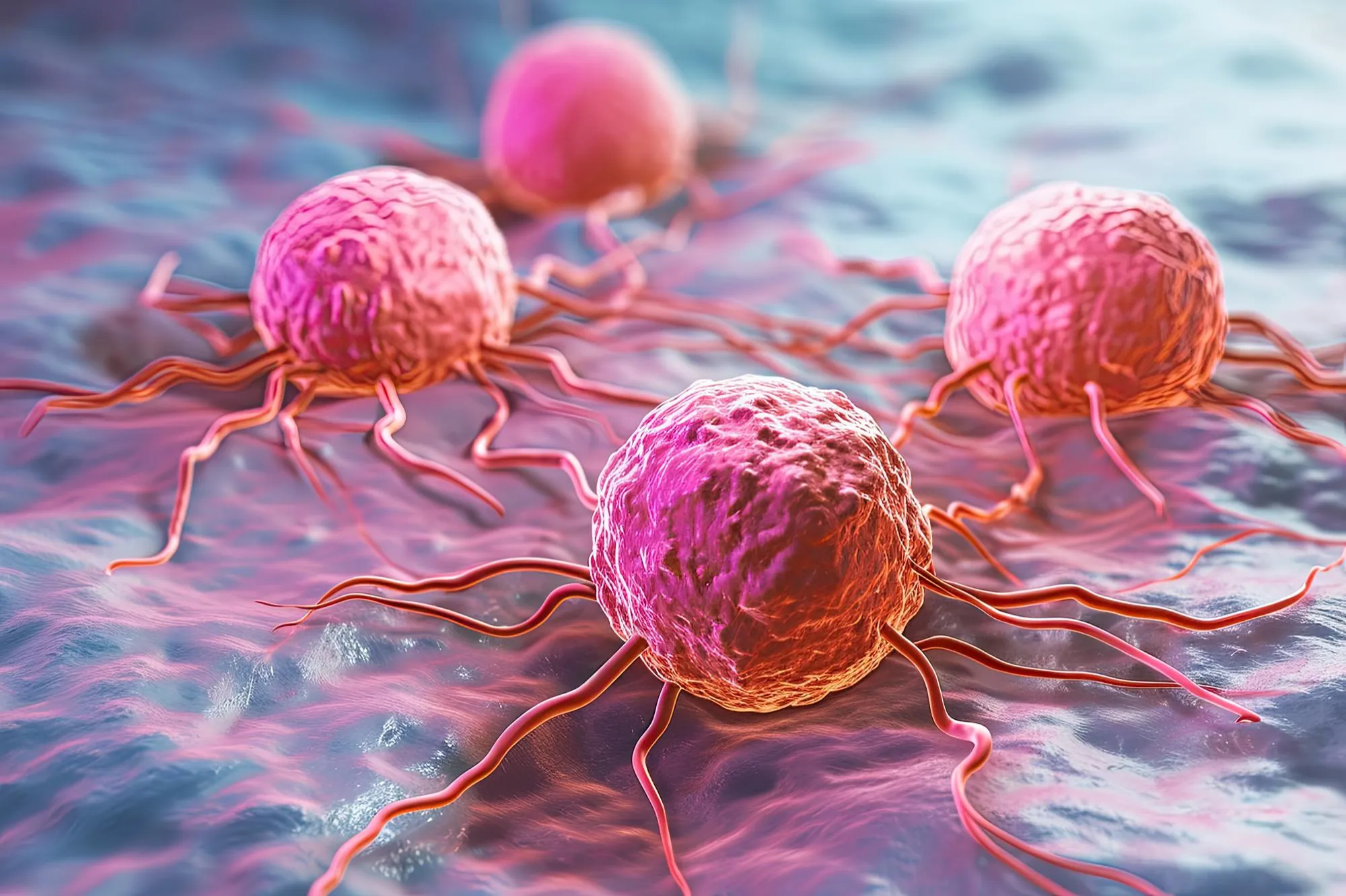A recent publication in “Nihon Shokakibyo Gakkai zasshi = The Japanese journal of gastroenterology” provided a detailed account (DOI: 10.11405/nisshoshi.121.63) of an elderly woman’s battle with a rare and aggressively growing inflammatory myofibroblastic tumor (IMT) that originated in her retroperitoneum, situated between the liver and right kidney.
The medical anomaly was documented by Dr. Tomonori Iida and Dr. Satoshi Yamazaki from the Department of Surgery at Kumagayageka Hospital, offering insights into the rapid progression and complex surgical intervention regarding the disease.
Case Report Overview
The case in question revolves around a woman in her seventies who presented with right hypochondrium pain. Initial diagnostic tests, including an abdominal computed tomography (CT) scan, revealed a 13-mm retroperitoneal tumor. Alarmingly, over the subsequent two months, the tumor exhibited an extraordinary growth spurt, inflating to a size of 82mm. Notably, the CT scan exposed necrotic changes within the tumor and signs of inflammation extending to the diaphragm and surrounding peritoneum.
To address this malady, the surgical team enacted a resection removing not just the tumor but also the portions of the diaphragm and peritoneum that were afflicted with the inflammation. The histopathological analysis following the operation identified the hallmark traits of an inflammatory myofibroblastic tumor – a proliferation of myofibroblastic spindle cells accompanied by a dense infiltrate of various inflammatory cells, including plasma cells, lymphocytes, neutrophils, and eosinophils. Immunohistochemical staining, which returned positive for smooth muscle actin, cemented the diagnosis of IMT.
What Makes This Case Unique?
IMTs are a rare entity, to begin with. Originating from the retroperitoneum, however, places this case into an even scarcer category. As per the published article, this patient’s experience represents a rarity not just in clinical practice but also within the extensive annals of medical literature, especially within the context of the Japanese healthcare landscape.
The rapid growth observed in this case is a distinguishing feature, as IMTs tend to have a more indolent behavior. The unusual swiftness of this tumor’s enlargement, accompanied by necrotic changes, further complicates the clinical picture and necessitates prompt medical attention and surgical intervention.
Background on IMTs
Inflammatory myofibroblastic tumors can manifest across various age groups and anatomical locations. They are characterized by a particular cellular makeup that includes spindle cells resembling those seen in smooth muscle cells and fibroblasts, which are intermingled with an assortment of inflammatory cells.
Although often considered benign, these tumors can exhibit aggressive characteristics, such as local invasion, and in rare cases, distant metastasis. Consequently, the categorization of these tumors may sometimes lean towards the concept of an intermediate biologic potential, neither benign nor overtly malignant.
IMTs and the Clinical Challenge
The management of IMTs stands as a clinical challenge due to several factors. Firstly, their rarity contributes to a lower index of suspicion among clinicians. Secondly, the variability in presentation – from asymptomatic masses to pain-inducing lesions – complicates their detection and treatment.
Furthermore, imaging alone may not suffice to arrive at a definitive diagnosis. Histopathological examination, bolstered by immunohistochemical analysis, remains the gold standard in diagnosing these unusual tumors.
The Treatment Paradigm
Surgical resection remains the cornerstone of treatment for IMTs. Complete surgical excision not only offers the best chance for cure but also allows for a definitive diagnosis. In cases where the tumor is non-resectable or where surgery poses a significant risk, alternative options such as steroids, nonsteroidal anti-inflammatory drugs (NSAIDs), or targeted therapies may be considered, with variable degrees of success.
In this particular case, the decision to undertake an extensive surgical procedure was influenced by the tumor’s rapid progression and involvement of critical anatomical structures.
Literature Review Findings
The rarity of retroperitoneal IMTs has limited the availability of extensive literature on the subject. However, existing case reports and reviews suggest that the clinical course of IMT can be unpredictable. While some patients may experience a benign course with a single surgical procedure sufficing for a cure, others may confront recurrence and necessitate additional interventions.
Conclusion
The case presented by Dr. Iida and Dr. Yamazaki accentuates the need for heightened awareness among healthcare professionals regarding the presentation and progression of atypical tumors such as IMTs. Their work contributes valuably to the literature, enhancing our understanding of the diagnosis, management, and prognosis of these rare neoplasms.
As this case traverses uncharted medical territory, particularly within the Japanese medical context, it throws light on a path seldom trodden, urging ongoing vigilance and multidisciplinary collaboration in the realm of rare tumor management.
Keywords
1. Inflammatory Myofibroblastic Tumor
2. Retroperitoneal Neoplasms
3. Rapid Tumor Growth
4. Surgical Resection of IMT
5. Rare Tumors in Japan
References
1. Iida, T., & Yamazaki, S. (2024). A case of inflammatory myofibroblastic tumor with rapidly progressive growth arising from the retroperitoneum. Nihon Shokakibyo Gakkai Zasshi, 121(1), 63–70. https://doi.org/10.11405/nisshoshi.121.63
2. Coffin, C. M., Watterson, J., Priest, J. R., & Dehner, L. P. (1995). Extrapulmonary inflammatory myofibroblastic tumor (inflammatory pseudotumor): A clinicopathologic and immunohistochemical study of 84 cases. The American Journal of Surgical Pathology, 19(8), 859-872.
3. Gleason, B. C., & Hornick, J. L. (2008). Inflammatory myofibroblastic tumours: Where are we now? Journal of Clinical Pathology, 61(4), 428-437.
4. Coffin, C. M., Hornick, J. L., & Fletcher, C. D. (2007). Inflammatory myofibroblastic tumor: Comparison of clinicopathologic, histologic, and immunohistochemical features including ALK expression in atypical and aggressive cases. The American Journal of Surgical Pathology, 31(4), 509-520.
5. Butrynski, J. E., D’Adamo, D. R., Hornick, J. L., Dal Cin, P., Antonescu, C. R., Jhanwar, S. C., … & Demetri, G. D. (2010). Crizotinib in ALK-rearranged inflammatory myofibroblastic tumor. The New England Journal of Medicine, 363(18), 1727-1733.
